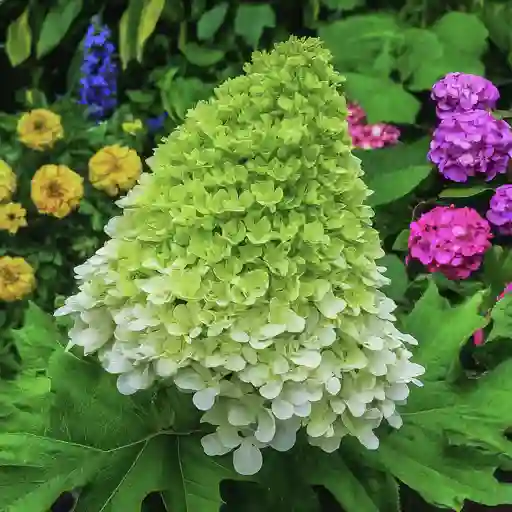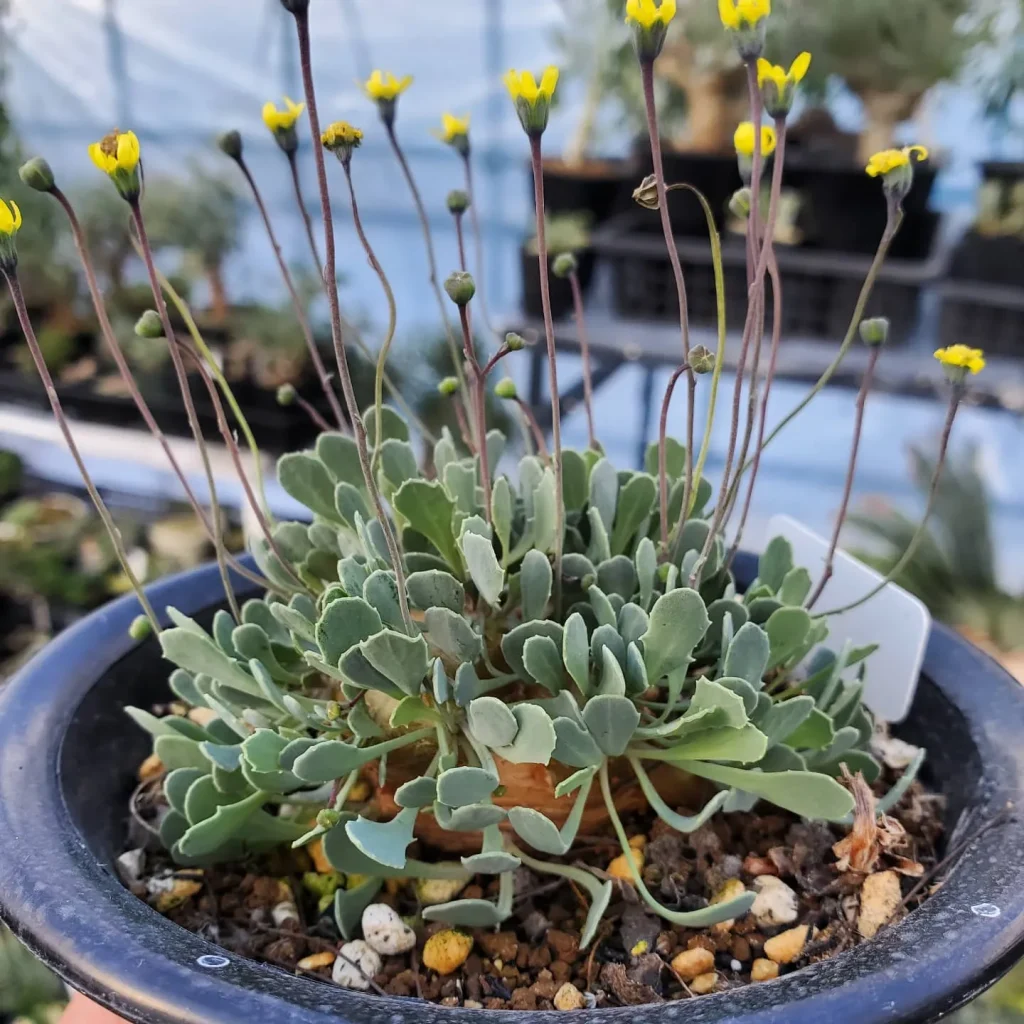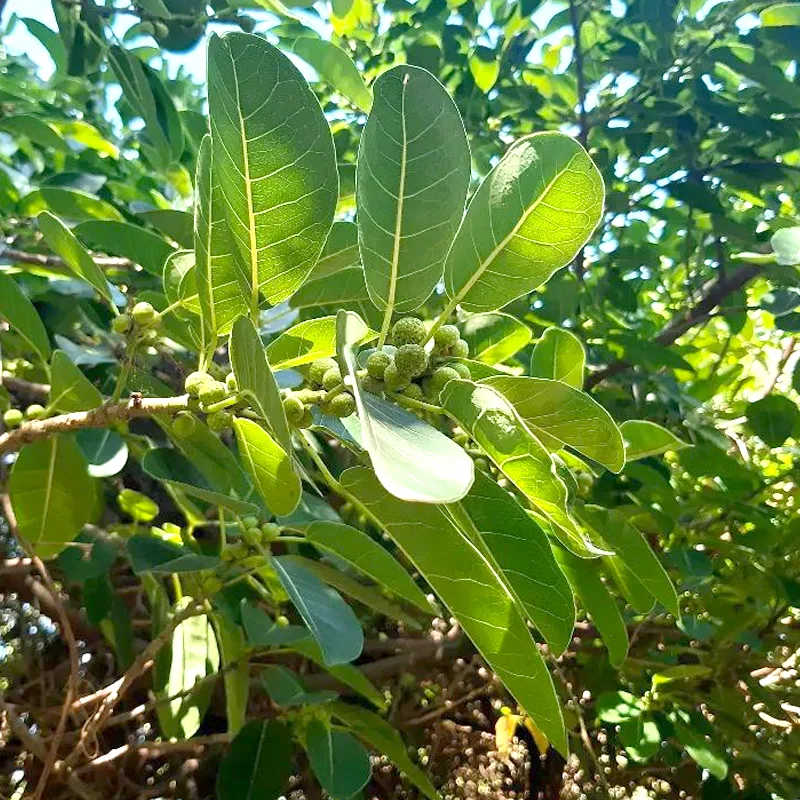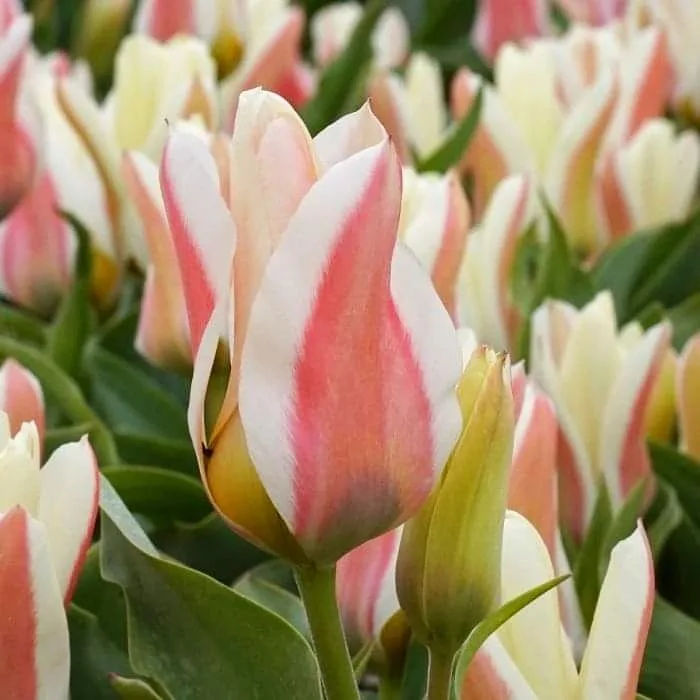Exploring the Ceratophyllaceae Family: A Deep Dive into Ceratophyllum
As an avid plant enthusiast, I’ve always been fascinated by the diverse families within the plant kingdom. Today, I want to take you on a journey through the Ceratophyllaceae family, focusing specifically on the Ceratophyllum genus. This family may not be as well-known as some others, but its unique characteristics and ecological importance are truly captivating.
What is Ceratophyllaceae?
Ceratophyllaceae is a family of aquatic plants commonly referred to as hornworts. This family consists primarily of the genus Ceratophyllum, which comprises several species that thrive in freshwater environments. What stands out to me is how these plants have adapted to their aquatic lifestyles, showcasing incredible resilience and versatility.
Characteristics of Ceratophyllum
One of the first things I noticed about Ceratophyllum is its distinctive morphology. Unlike many other aquatic plants, hornworts lack true roots. Instead, they possess slender, thread-like structures called rhizoids, which help anchor them to the substrate. This unique adaptation allows them to float freely in the water column while still maintaining stability.
Additionally, the leaves of Ceratophyllum are highly segmented and whorled, creating a feathery appearance that is quite beautiful. These leaves play a crucial role in photosynthesis, enabling the plant to thrive even in low-light conditions often found in murky waters.
Species in Ceratophyllum
The Ceratophyllum genus includes several species, each with its own unique traits. One of the most common species is Ceratophyllum demersum, also known as coontail. I’ve had personal experience with this plant in aquariums and ponds. Its fast growth and ability to absorb excess nutrients make it an excellent choice for aquatic gardens.
Another notable species is Ceratophyllum submersum, which is often found in shallow freshwater bodies. This plant can provide essential habitat for various aquatic organisms. I remember observing small fish and invertebrates seeking shelter among its fronds, demonstrating the importance of Ceratophyllum in supporting biodiversity.
Ecological Importance
The ecological significance of the Ceratophyllaceae family cannot be overstated. As an aquatic plant, Ceratophyllum plays a vital role in maintaining the health of freshwater ecosystems. Its ability to absorb excess nutrients helps prevent algal blooms, which can be detrimental to aquatic life. I’ve seen firsthand how introducing Ceratophyllum to a nutrient-rich pond can lead to clearer water and a healthier ecosystem.
Moreover, these plants provide habitat and food for various aquatic organisms. The dense growth of Ceratophyllum creates a sanctuary for fish, insects, and amphibians. Observing these interactions in my local pond has deepened my appreciation for the interconnectedness of life in these ecosystems.
Cultivating Ceratophyllum
If you’re interested in growing Ceratophyllum, you’ll be pleased to know that it’s relatively easy to cultivate. I’ve had success by simply placing it in a shallow water feature or aquarium. It thrives in nutrient-rich conditions and can tolerate a range of water temperatures. However, it’s essential to ensure that your water source is clean and free from pollutants.
One thing I’ve learned through my experiences is the importance of regular maintenance. Ceratophyllum can grow rapidly, so it may require thinning out to prevent overcrowding. This not only keeps the plant healthy but also allows for better light penetration for any other plants in the ecosystem.
Conclusion
In my journey exploring the Ceratophyllaceae family, I’ve come to appreciate the incredible resilience and ecological importance of Ceratophyllum. From its unique adaptations to its role in freshwater ecosystems, this genus offers a glimpse into the beauty and complexity of aquatic life. If you ever get the chance, I highly recommend observing these remarkable plants in their natural habitats or even cultivating them in your own aquatic garden. Their presence can transform any water feature into a thriving ecosystem, showcasing the wonders of nature right in your backyard.
If i die, water my plants!



